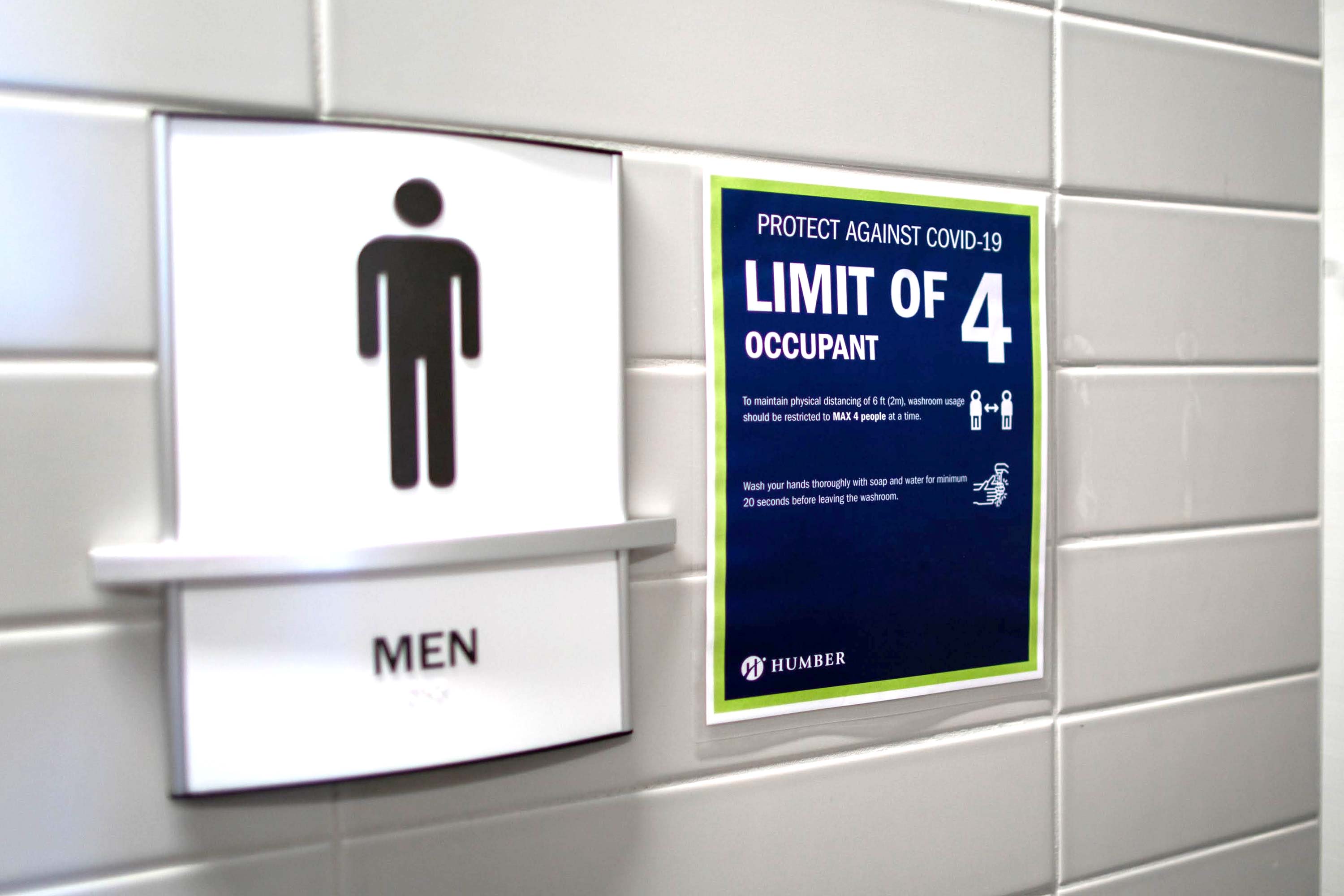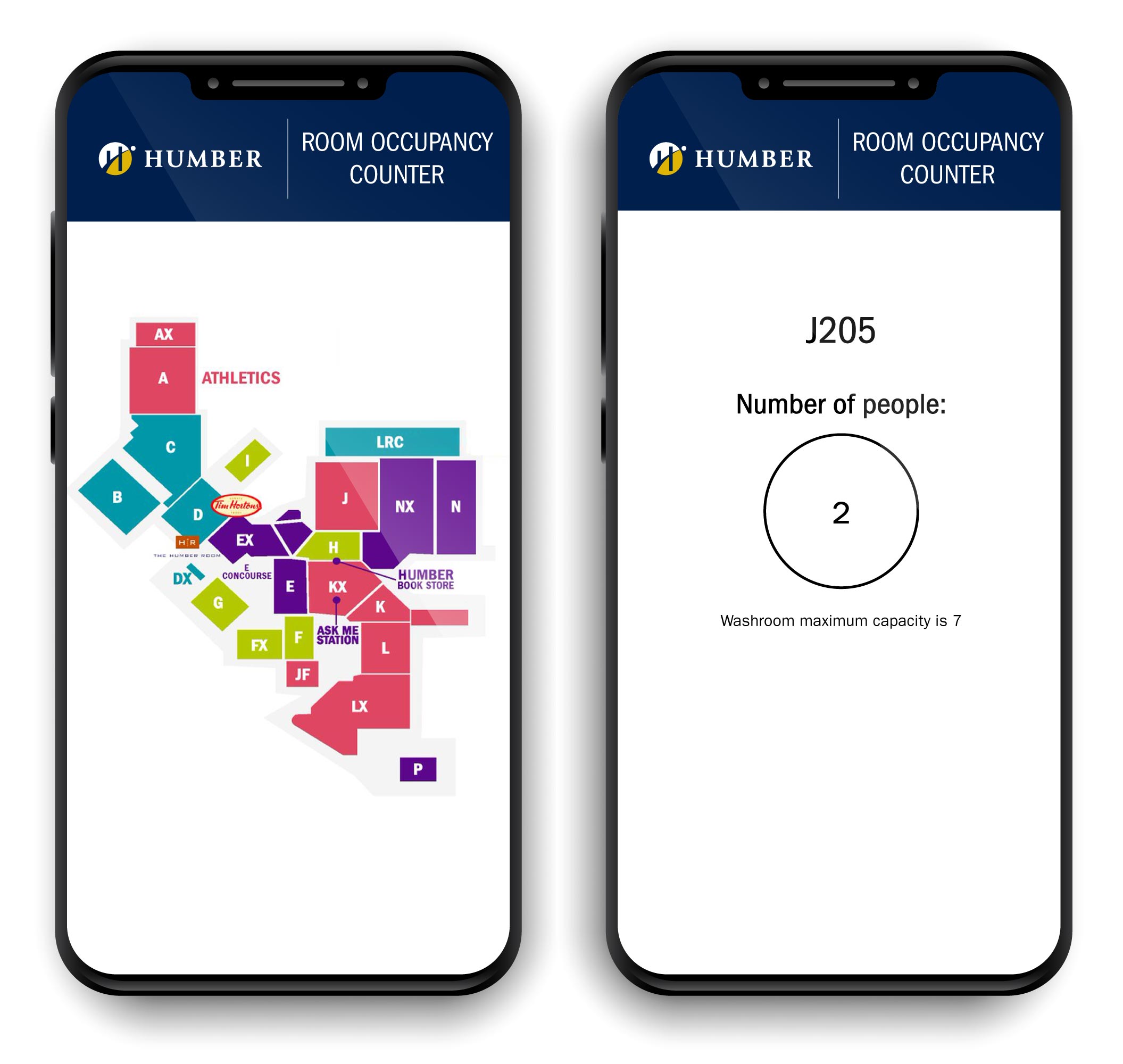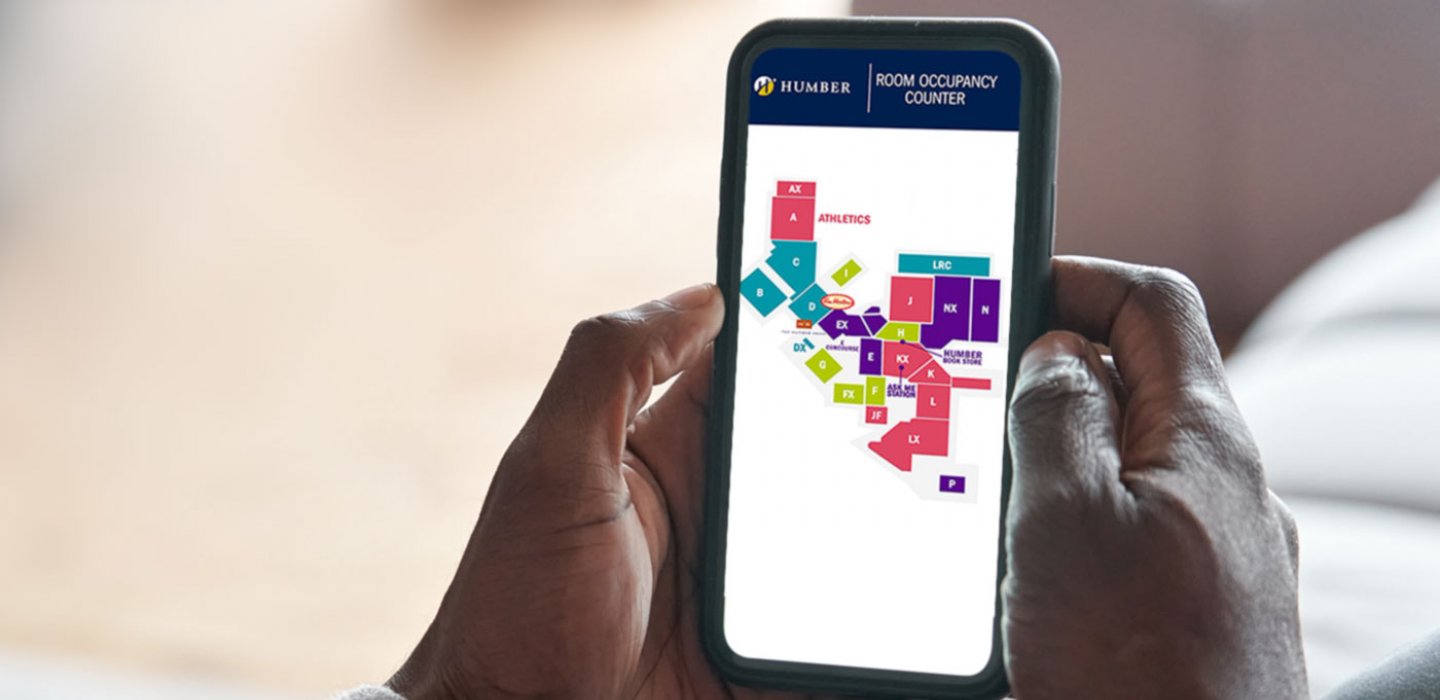“Research means that you don’t know but are willing to find out.”
- Charles F. Kettering
Through applied research initiatives, researchers look for solutions to solve in the industry or community, be it inventing a new product or revisioning a process improvement. Sometimes, the results are as expected or more; at times, the learnings are in the form of solutions that do not deliver expected results. A sustained curiosity to further improvise and build on current findings drives researchers to continue the work. Research, at times, is about overcoming hurdles along the way, reflecting on the roadblocks to moving further along the journey.
"Research is what I'm doing when I don't know what I'm doing."
- Wernher von Braun
Background
Humber College has close to 55,000 full-time and part-time students. It has two larger campuses and several properties graphically distributed in the Greater Toronto Area. Running the facilities for the college is no easy task, and the pandemic has added new challenges. The Capital Development and Facility Management (CDFM) group is in charge of the facilities and has to set new standards to prioritize heightened hygiene awareness. A priority is to come up with innovative ways to avoid crowded washrooms.
It is observed that when campuses are fully operational, most of the lectures are scheduled around the same time slots. Consequently, the washrooms are often visited in the 20-minute break between lectures. Post COVID-19, students want to avoid crowded washrooms, but the challenge is that CDFM does not have the means to track whether a specific washroom is crowded or not.

The need to address this challenge originated when an earlier attempt to optimize an automated hand-sanitizer solution fell short of initial expectations. The research team realized that the frequency of reporting data from the traffic sensors installed on hand sanitizers was limited by its battery life. The washroom occupancy information relayed to the accompanying smartphone app was also time-delayed.
Challenge Addressed
A seasoned Humber faculty and researcher proposed a two-part solution. So began the case study to develop a viable and workable solution, the question being, “How can users find out which washrooms have lower occupancy at a given time?”:
- The first part involved developing a “people counter” at each washroom to monitor traffic (this was installed for testing and validation of the concept.)
- The second part involved developing a free smartphone app (Android) that provides information covering all Humber washrooms (over 100). This app will be able to inform the user what the live occupancy count is for a given washroom. Two Humber students from the Faculty of Applied Sciences & Technology, Jared Torio and Martin Makarski took up the challenge under the supervision of Professor Timothy Wong, PhD

Here are genuinely heartwarming testimonials from the Humber students:
"I have grown and learned so much during my time at Humber College. I have pushed myself and persisted in developing skills to become successful in my field of interest. Through the help from professor Timothy Wong and other Humber faculty, I have become what I sought after. I now have the confidence I need to overcome any obstacle that life may give me both in and out of the field of work. I could not be more grateful for all those who have helped me on my journey." – Martin Makarski
"While working on our technical project, we faced many problems and obstacles that were difficult to solve. Thankfully, we have had the opportunity to work with one of the amazing professors at Humber, Timothy Wong, who guided us towards the goal that we're trying to achieve. I'd also like to thank Humber College for giving us the opportunity to learn and prepare for our future endeavours. Finally, I'd like to thank my parents who gave me unconditional love and support throughout my college years." – Jared Torio
This project did not receive any external funding. It was a result of the enthusiasm and commitment of the research team.
Resulting Design
The resulting design is a microcontroller-based counter that uses ultrasonic sensors to track and count washroom traffic. Setting up the microcontroller is straightforward once the design needs are tackled.
The design of the sensor needed to ensure:
- Battery longevity (we do not want to change the battery too often)
This was solved by using a bigger battery (need not be excessively big.) The battery chosen for the final version of the hardware is a 30,000 mAH lithium-ion battery bank. This battery will be able to power the microcontroller for one month. The washrooms are frequently visited by cleaning staff several times a day. Therefore, changing the battery once a month can be included in their routine. - Tolerance of difference between the real count and the prevalent count in the microcontroller
This was solved by using an algorithm to self-monitor and self-reset. This algorithm will ensure the prevailing count is always equal to the real count or close enough to reflect the occupancy.
The objective of this project is not to provide an absolute correct count but to reflect the current occupancy of all washrooms at Humber College and provide a means to direct washroom traffic across the many locations to avoid crowding conditions.
“Smart washrooms” is an up-and-coming trend in custodial operations, and Humber research teams are continuing to work on developing appropriate solutions.
